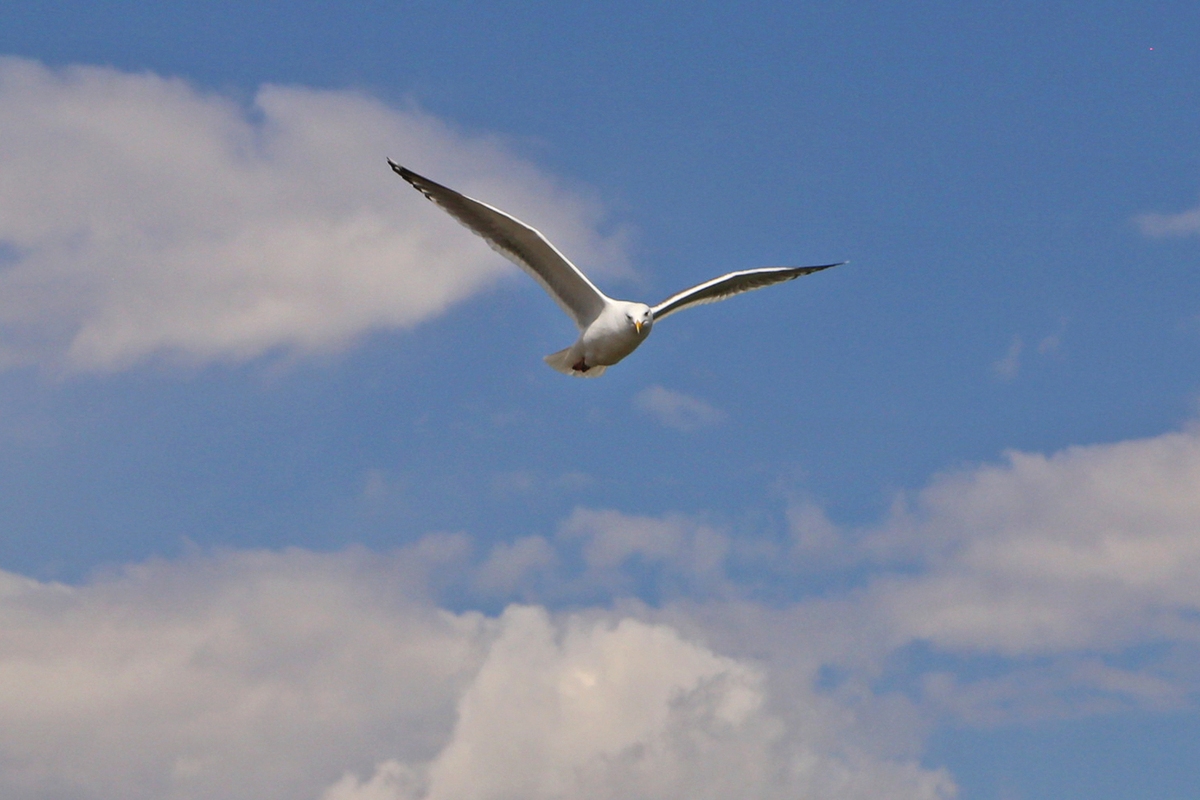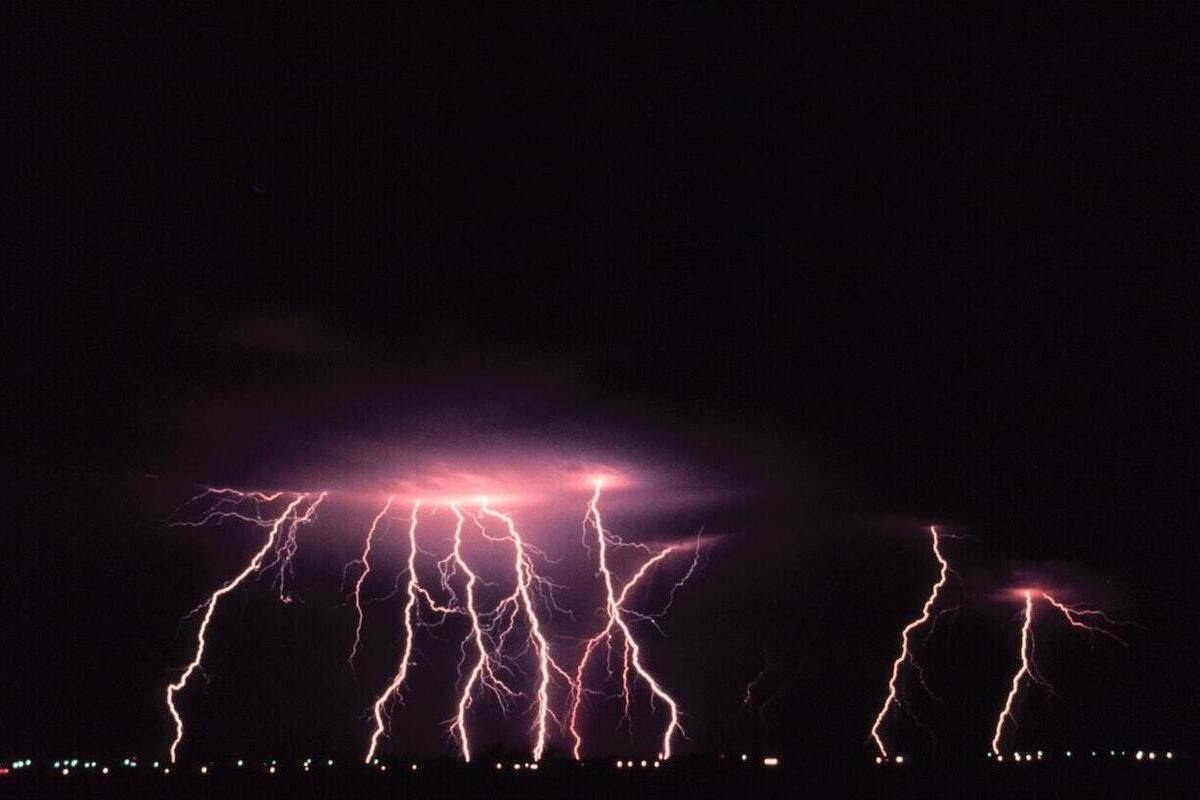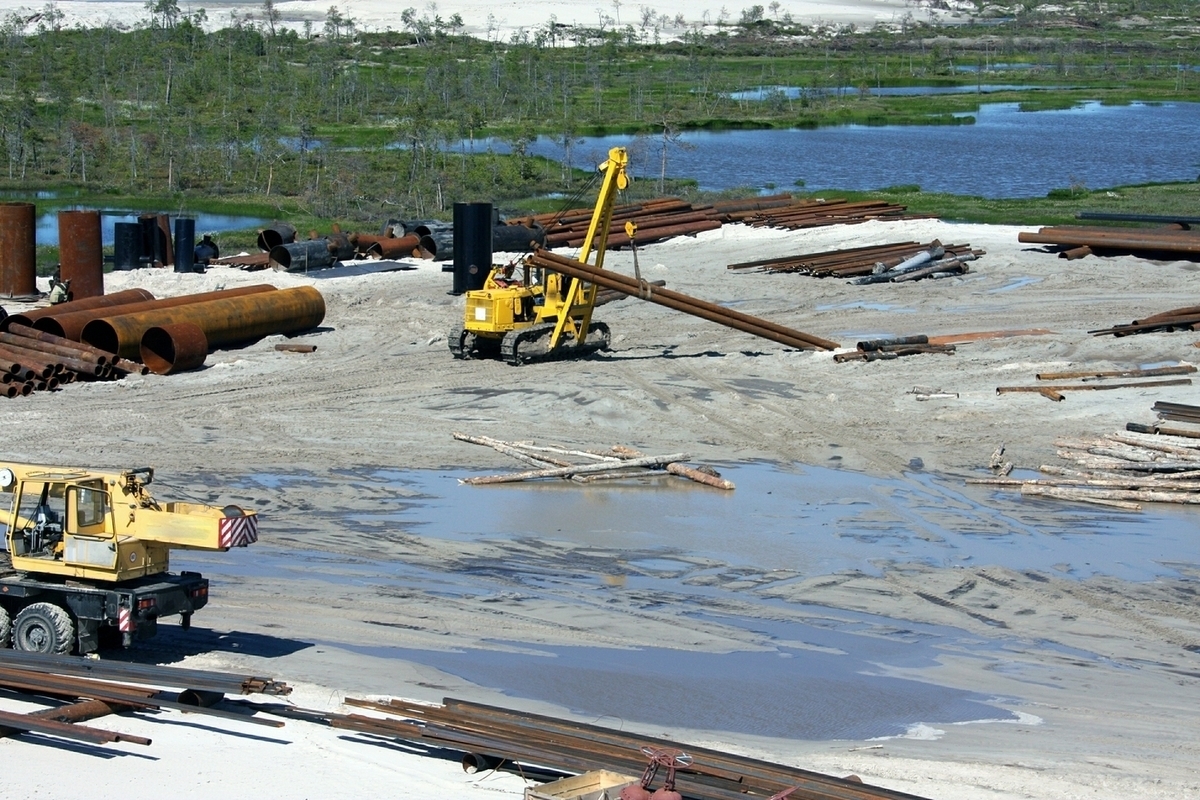Seagulls carry microplastics in their stomachs and poison fish with them.

An expedition to the shores of the Kola Bay in the Barents Sea has discovered a new source of plastic that seriously harms fauna: herring gulls.

test banner under the title image
A large group of scientists from Moscow and Murmansk worked on the shores of the northern sea.
As Olesya Ilyina, a researcher at the Department of General Ecology and Hydrobiology at the Faculty of Biology at Lomonosov Moscow State University, told MK, the expedition had previously studied microplastic levels in surface waters, as well as in ichthyofauna and marine mammals. It was discovered that even whales can ingest plastic, as was established by analyzing their stomach contents.
In the Barents Sea, scientists analyzed the amount of microplastics in fish—Atlantic cod, haddock, flounder—as well as in zooplankton. Microplastics were found in the stomachs of all fish studied, caught in the Kola Bay. The highest concentrations were found in haddock stomachs: up to 5-6 times higher than those found in Atlantic cod and flounder. However, only 60% of Atlantic cod caught in the open waters of the Barents Sea had microplastics in their stomachs.
The study of seagulls, however, was quite accidental, yielding interesting results. The main subject of the study was pellets—a type of dry vomit or regurgitation. Seagulls regurgitate what they can't digest. The fact is, in recent years, the birds' diet has changed significantly. While fish used to be their primary source of food, garbage dumps have become their favorite feeding grounds. Seagulls are omnivores, so they have a wide variety of options there. True, some of the food is often packaged, but that doesn't stop the birds: they peck at it along with the packaging. And then they regurgitate it. In their nesting areas on the coast.
The study determined the amount of plastic carried ashore by seagulls during their accumulation period, which lasts about a year. Furthermore, the researchers concluded that the colony size on the Kola Peninsula coast has doubled over the past few decades, suggesting that the plastic, while harmful to the birds, is not particularly harmful. They attribute this to the birds' highly efficient stomach cleansing mechanism. However, it's premature to conclude that seagulls pollute the water as much with microplastics as humans.
Published in the Moskovsky Komsomolets newspaper, No. 29643, November 7, 2025
Newspaper headline: Seagulls contribute to plastic pollution in the sea
mk.ru






